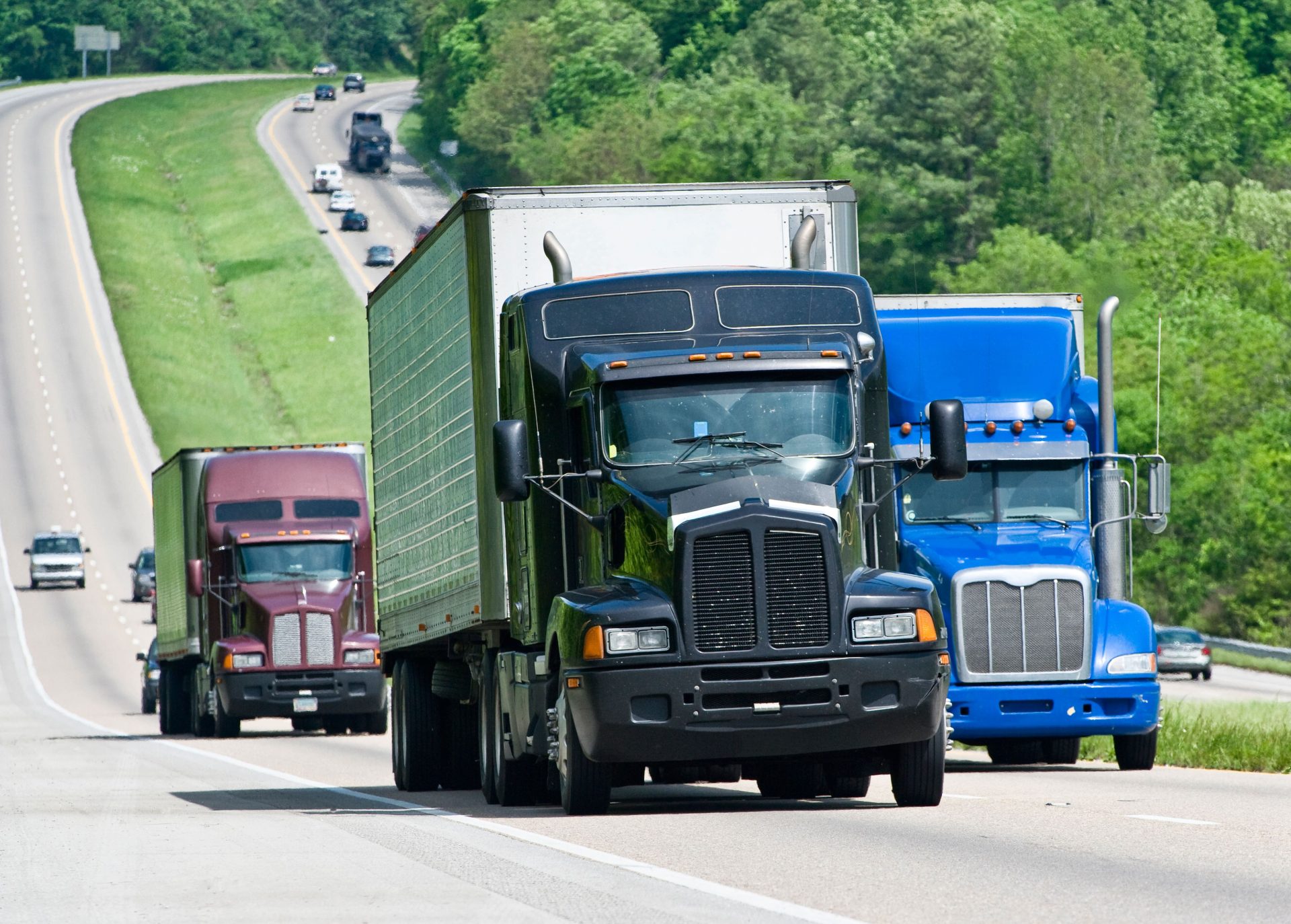How Emissions Standards Are Reshaping the Trucking Sector
This is a guest post by Ellie Gabel.
The United States recently released emissions standards for heavy-duty trucks. They primarily affect those who purchase or manufacture the vehicles, but it is wise for other groups to understand these rules and their impacts, too. What should people who hire trucking companies to meet their import and export needs know about them?
What Do the New Emissions Standards Require?
The U.S. Environmental Protection Agency (EPA) established emissions standards for all vocational trucks — a category of vehicles ranging from day and sleeper cabs to school buses. The standards apply to vehicles released in certain years, so this newest announcement includes a revision of standards for model year 2027 vehicles and a tightening of requirements for those associated with the years 2028 through 2032.

Although the new rules are for all vehicles in this group, the requirements vary. For example, the requirements for tractors on tractor-trailer trucks are up to 40% stricter than the emissions standards rolled out in the previous phase.
However, those for vocational trucks such as delivery vehicles and refuse haulers are as much as 60% more stringent than the rules for those made in the model year 2032. The EPA makes manufacturers responsible for meeting the emissions standards with applicable technologies or other strategies rather than requiring them to achieve the goals through specific means.
Who Must Prepare for the Emissions Standards and How?
The EPA’s rules for heavy-duty trucks enforce new requirements for those who manufacture or purchase these vehicles or engines for them. However, anyone who imports these goods into the United States must also comply. Additionally, those involved in the maintenance and repair of the relevant vehicles must understand the EPA’s ruling, especially since vehicle makers may use various newer technologies to keep emissions sufficiently low.
However, these new emissions standards will not negate maintenance-related best practices. For example, most manufacturers suggest maintenance and fluid tests occur every 15,000 miles to keep trucks running well and prevent unforeseen failures. Although analyzing a vehicle’s fuel, oil and coolant can reveal hidden problems, such examinations also help parties continue complying with the regulations. Keeping trucks well-maintained will go a long way in upholding the EPA’s current rules while positioning applicable parties to react to future rulings affecting their business models.
Leaders with large truck fleets may consider gradually purchasing more electric vehicles to abide by the emissions standards. That approach could have positive effects beyond pollution reduction, such as driver retention. One operator who drives a heavy-duty electric truck believes its technology could attract younger drivers, mentioning the quiet cab and smooth steering.
Some analysts believe the EPA’s emissions standards will increase interest in electric vehicles. That’s a realistic possibility, but other scenarios exist. After all, the organization sets average pollution limits for manufacturers without stipulating how to stay under them. That means natural gas- and hydrogen-powered vehicles could also become larger parts of heavy-duty truck fleets.
Emissions Reductions Elsewhere
The United States is not alone in mandating emissions improvements for heavy-duty trucks. The European Union recently unveiled a phased approach for trucks and buses weighing more than 7.5 tonnes.
Relevant parties must achieve a new emissions milestone approximately every five years. The current requirement is a 45% reduction by 2030. However, it progresses to 65% by 2035 and 90% by 2040.
Later, the European Commission will evaluate creating a common methodology for examining and reporting heavy-duty trucks’ total life cycle emissions. As more such mandates come into effect in other parts of the world, they put pressure on manufacturers to explore feasible ways to lower pollutants while offering the high performance and user-friendly features people demand.
Overcoming Existing Challenges
Some trucking professionals assert that meeting the new emissions standards will take work. One reason is there are insufficient electric vehicle charging stations to meet the industrial truck industry’s needs. Other parties question whether fleet updates will be so costly that companies must sacrifice other business needs. There are no easy solutions, but authority figures must put themselves in the positions of the affected parties and work together to remove barriers.
That might mean creating or expanding programs that reduce the costs of truck upgrades for qualifying parties. Progress could also involve expanding charging networks and giving truckers apps that allow them to reserve times to use stations so they will not have to wait in line. No matter how decision-makers proceed, they must remain open to input from truck drivers, their clients and other stakeholders, taking that feedback into account when choosing which measures to take and when.
This was a guest post by Ellie Gabel.
Author Bio
Ellie is a freelance writer who loves exploring the latest advancements in tech and science and how they’re impacting the world we live and work in. She’s also the associate editor of Revolutionized.com.





